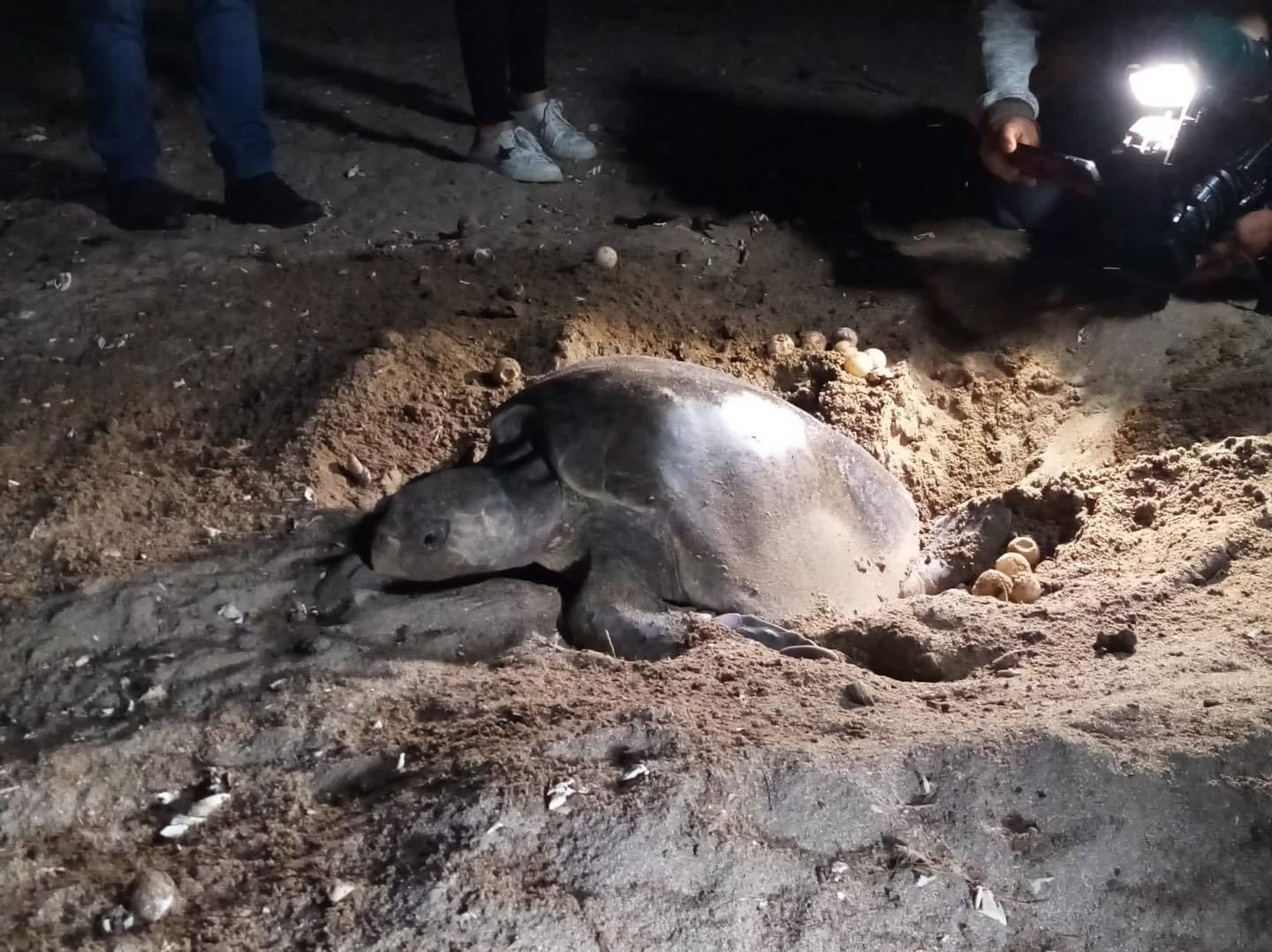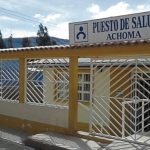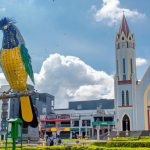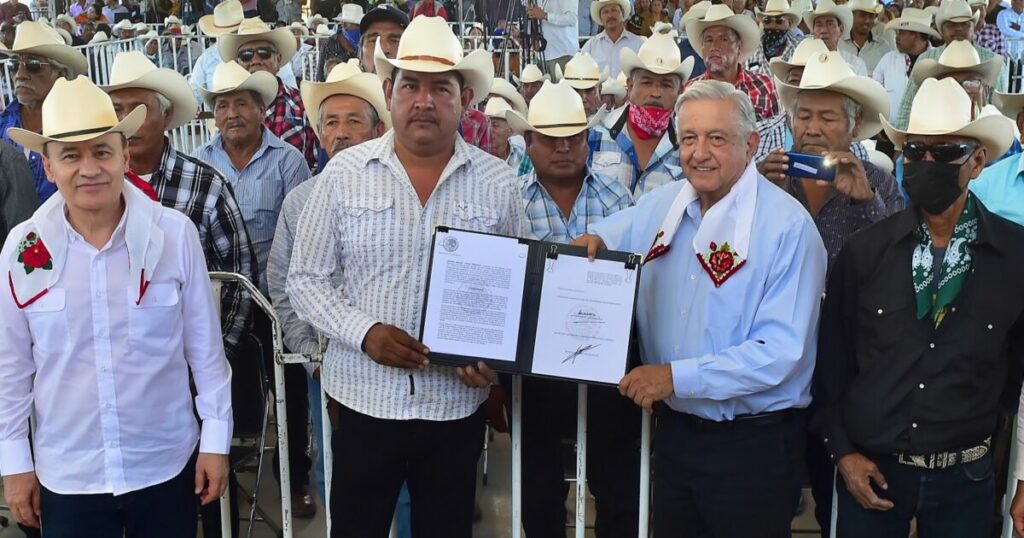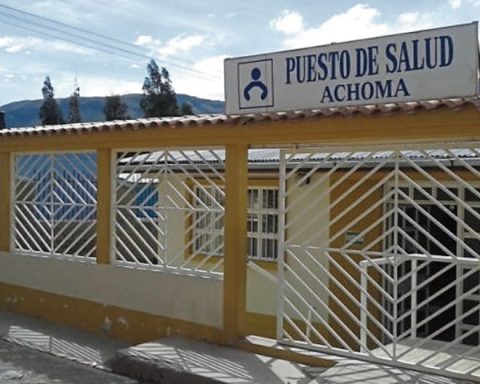Sea turtles in danger of extinction began to arrive en masse on the Pacific coast of Nicaragua, for the fourth time so far this year, the Ministry of the Environment and Natural Resources (Marena) reported this Saturday.
“Normally there are five arrivals (of turtles) in the year (to the beaches of Nicaragua). We have four”, the departmental delegate of Rivas (Pacific) del Marena, Heberto José Rivas Aguilar, told official media.
In Nicaragua, the massive arrival of turtles is known as “arrival season”, and it goes from July to January.
Mass arrivals only occur on 7 beaches in the world, and of these, two are in Nicaragua, according to Marena.
The Nicaraguan beaches preferred by sea turtles are Chacocente and La Flor.
Any of these beaches can receive up to 4,000 turtles in a single night, according to calculations by the Marena Biodiversity Directorate.
For this fourth arrival of turtles, which began last Thursday morning and is expected to end next Tuesday, between 20,000 and 30,000 turtles are expected, explained the Marena official.
Related news: 439 sea turtles released in Chacocente wildlife refuge, Carazo
Rivas Aguilar indicated that the number of eggs deposited by each of the turtles depends on the age and the species.
“The older, the greater the number of eggs. In the case of the paslama species, it can range from 60 to 103 units of eggs for each turtle”, he specified.
In the case of the tora and torita turtles, between 60 and 80 units, respectively, he added.
NICARAGUA HAS TWO SANCTUARIES FOR TURTLES
The La Flor wildlife refuge, located 160 kilometers by road south of Managua, is one of the seven places in the world where paslama, hawksbill, tora and torita turtles arrive. The turtle species that predominates and makes its massive spawning is the paslama, which is currently threatened, the official noted.
The observation of the arrivals is only allowed under the supervision of the Nicaraguan Army and the National Police and with strict safety and behavior standards.
This zeal is due to the fact that some of the species that nest in the area, such as the Tora or Baula, the largest sea turtle in the world, are in extreme danger of extinction, according to the authorities.
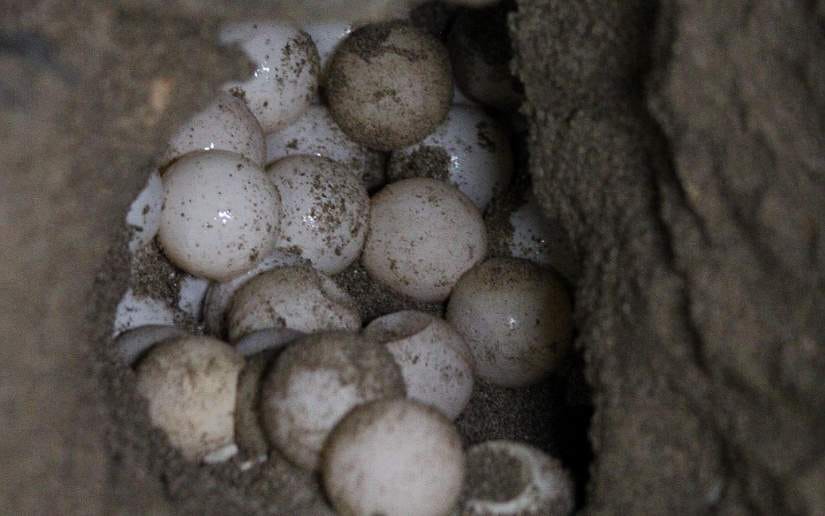
The survival rate can be 1 to 3% due to the alteration of its habitat, pollution and the hunting of predators, according to experts.
The commercialization of paslama eggs is prohibited in Nicaragua as it is an endangered species. However, in some markets, establishments and street vendors circumvent this measure, as EFE has found.
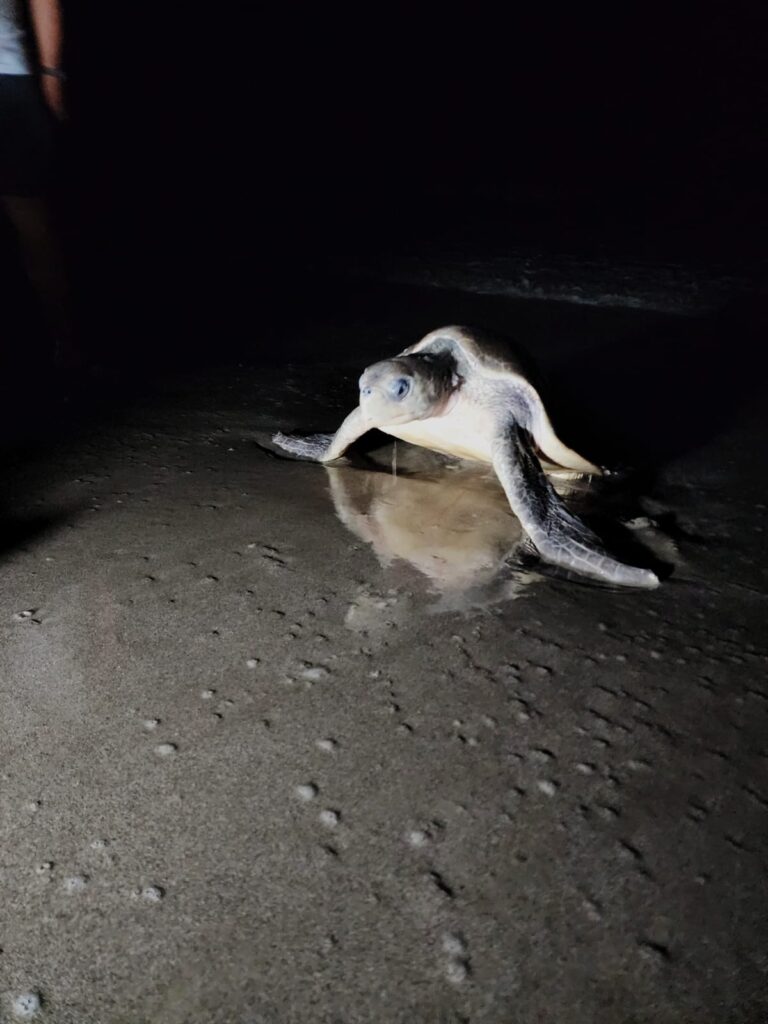
The Marena expects that this season 120,000 turtles will arrive and 1.8 million hatchlings will hatch on the Pacific coast.
After living about 15 years in the ocean, the turtles return to nest on the same beach where they were born, probably at a new or full moon, hence the massive arrivals can be predicted, according to the authorities, who each year issue a calendar possible of these phenomena.
